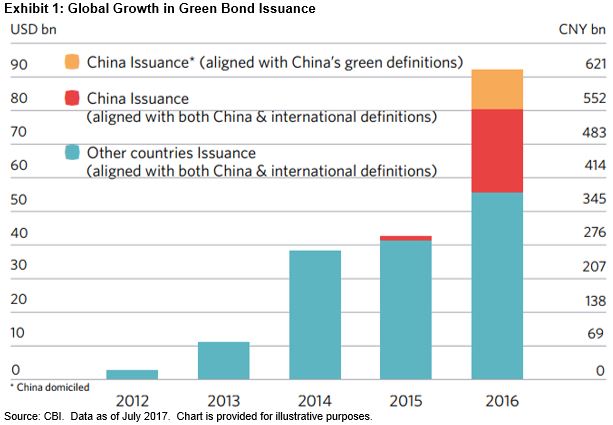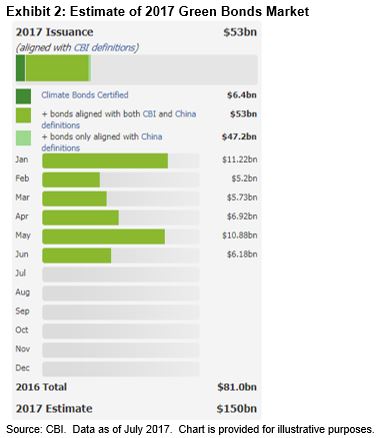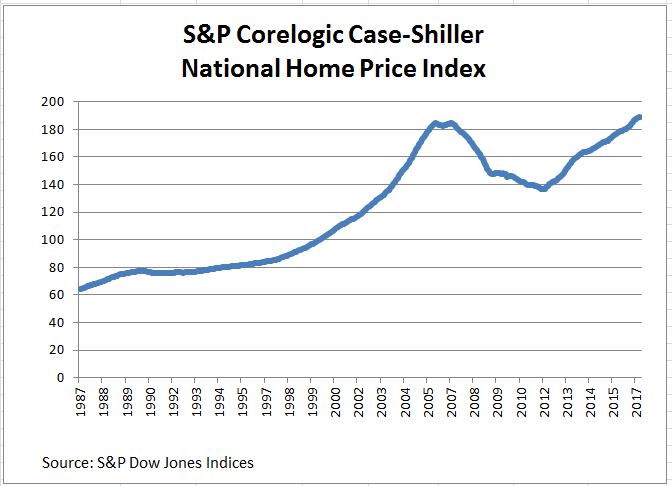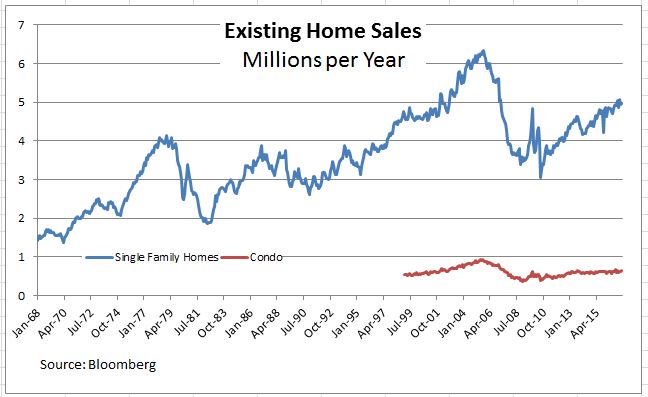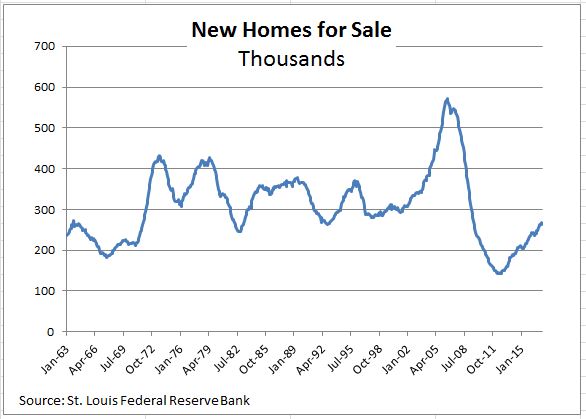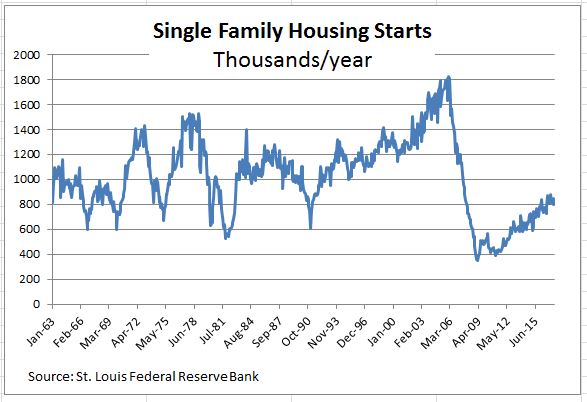Equal-weighted indices typically outperform their cap-weighted counterparts (although 2017 so far has proven to be an exception to the general rule). This means that portfolio managers can usually create a performance tailwind by equal weighting rather than cap weighting their holdings.
But do they? One way to assess this question is by using the Herfindahl-Hirschman Index (HHI). The HHI is a measure of market concentration, often used in industrial organization studies, that has the great virtue of being easy to compute: simply sum the squares of the market share of each firm competing in a market. Possible HHI values range from 0 to 10,000. This measure can be applied to portfolios by summing the squares of each holding’s percentage weights. For example, the HHI value of a single-stock portfolio is 10,000 (the maximum possible); the HHI value of a 100-stock, equal-weighted portfolio is 100.
We applied the HHI to a handful of mutual fund portfolios in order to assess where their portfolio construction methodologies lay on the spectrum between cap and equal weight. This is a simple exercise: compute each fund’s actual HHI value, and then compute comparative HHI values by assuming that the fund’s holdings were cap weighted or equal weighted.
We sampled funds with holdings that ranged from less than 70 names (Dodge & Cox) to those with more than 1,000 (Parametric Emerging Markets). With one exception, the funds’ portfolio weights in our sample were much closer to equal than to cap weighting.

For funds to come close to cap weighting, they must maintain substantial portfolio weights in large-cap names. For example, if Dodge & Cox’s Microsoft holding were cap weighted, it would amount to 12% of the fund (instead of its actual 3%). Fidelity Magellan would hold 10% in Apple to be cap weighted, but only holds half that at 5%. T. Rowe Price should also hold 10% in Apple, but strays even further, with only a 1% portfolio weight. Parametric Emerging Markets needs a 4.9% weight in Samsung to maintain a cap weight, but only holds 0.7%. Even Growth Fund of America, which is the closest to cap weighting, has only a 1% weight in Apple (where cap weighting requires a 6% weight). The fund makes up for it by overweighting other large cap names—for instance, it has a 7% weight in Amazon Inc., while cap weighting only requires a 3% weight.
This is an admittedly small sample, but it confirms our intuition that most active portfolios are closer to equal than cap weighted. This means that their performance, relative to standard cap-weighted benchmarks, could be even worse than you think.
The posts on this blog are opinions, not advice. Please read our Disclaimers.










































